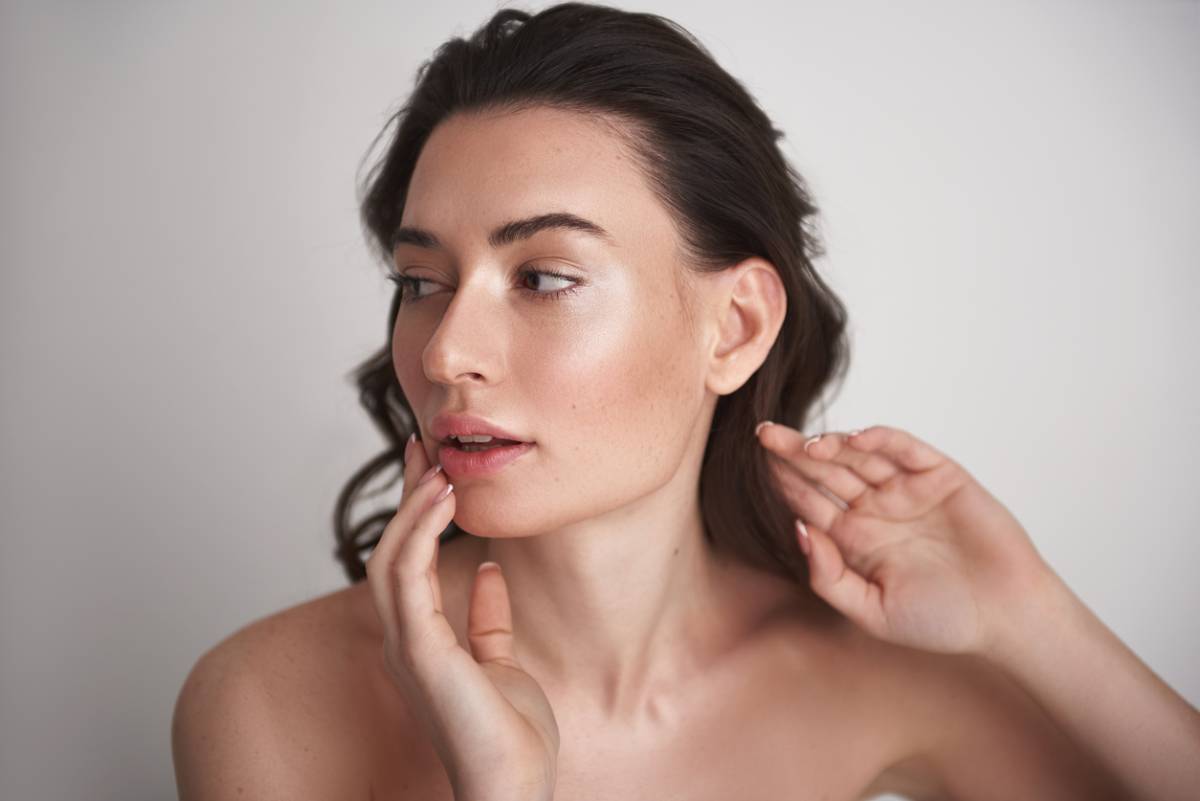Should You Treat Gum Disease Before Invisalign?
Gum disease is a common name for a periodontal disease that manifests in symptoms like gum irritation, inflammation, or bone and tooth loss at more severe stages. In fact, gum disease is an extremely common issue among patients in America. If you have gum disease but also want to straighten your teeth, you might be wondering: should you treat gum disease before Invisalign? In this article, we will answer this question and explain the connection between gum disease and orthodontic treatments.
Should You Treat Gum Disease Before Invisalign?
The short answer is that it is crucial to treat gum disease or sufficiently control it before starting any orthodontic treatment, Invisalign included. In fact, in some cases, orthodontic treatments can intensify existing gum disease.
Your orthodontics expert will most likely refer you to a periodontist before starting the orthodontics treatment. In cases when gum disease has not yet progressed to the later, more severe stages, it is possible to treat it. Then, the orthodontics treatment can be started. In some cases, your local friendly dentist might continue periodontitis treatment when a patient is already wearing Invisalign.
Gum Disease and Bone Loss
The first symptoms of gum disease are irritation, inflammation, redness, and bleeding gums. If left untreated, bacteria and infection can start penetrating into the deeper layers of the gum tissue, causing gum recession. With time, the infection can reach the jawbone, leading to bone density loss.
Jaw bone density loss, also called bone resorption, means that there is not sufficient support for the teeth. This can result in tooth mobility and tooth loss. Thus, gum disease can seriously affect a patient’s quality of life, leading to difficulty speaking and chewing food, poor nutrition, premature wrinkling around the mouth, and changes in facial structure.
How Can Gum Disease Influence Invisalign Treatment?
First, gum recession and tooth mobility caused by gum disease can increase the risk of failure of any orthodontic treatment. Another issue is that Invisalign treatment (as well as other orthodontic treatments) can worsen the existing gum disease. All orthodontic treatments move teeth into a desired position by putting constant physical pressure on them. If the disease already weakens the gums, teeth, and bones, the pressure and physical movement will only aggravate the problem, compromising the supporting structure of the teeth.
In addition, even in cases when Invisalign treatment appears to be successful, a lack of bone density and healthy gum tissue will compromise the newly achieved results. The teeth will not have enough support and will not stay in place, meaning that the time, money, and effort put into Invisalign treatment will be practically wasted.
Can Invisalign Treatment Improve Gum Condition?
Once your dentist decides that it is safe to start Invisalign treatment, it can actually improve the condition of your gums and help manage gum disease. When teeth are straight, it is much easier to maintain good oral hygiene and prevent plaque buildup and bacteria growth, which are the leading causes of gum disease.
Advantages of Invisalign Treatment
Apart from enhancing the looks of your smile, Invisalign treatment has a lot of other advantages:
- Invisalign improves oral hygiene and dental health by dealing with overcrowdedness or gaps between the teeth and making the oral hygiene routine more straightforward.
- Invisalign can help to improve general health. Gum disease, tooth decay, and various infections in the mouth caused by insufficient oral hygiene can negatively influence such organs as the gastrointestinal system, heart, lungs, and even brain.
- Invisalign is removable and easy to clean. The fact that it is removable also means that oral hygiene is easy to maintain during the treatment.
- Invisalign treatment provides predictable results, as a personalized treatment plan using 3D imaging will be made at the beginning of the treatment.
- Invisalign treatment does not require dietary restrictions. You can remove the trays during meals and enjoy the food you are used to eating.
- Compared to traditional braces, Invisalign trays are clear and almost invisible.
- Patients report having less discomfort wearing smooth plastic Invisalign aligners than metal braces.
- The orthodontic treatment course with Invisalign requires fewer dental visits than traditional braces.
Make an Appointment Today
If you want to get your teeth straight but have concerns about gum disease, sign up for an appointment with one of the specialists at Smiles of Arcadia. We will carefully examine your gums, evaluate the prospects and risks, and offer you a plan of treatment. Our dentists are looking forward to welcoming you to our office.









